- Solar advice hub
- Solar-technology
- Solar power diverters: are they worth it?
Solar power diverters: are they worth it?
Discover how solar power diverters work and whether they're worth having.


Why you can trust our content
We know that the solar industry is full of misinformation, but we only use reliable sources, including:
- Our experienced solar experts, installers and system designers
- Our own database of solar & battery system designs
- Authoritative bodies like MCS and the UK government



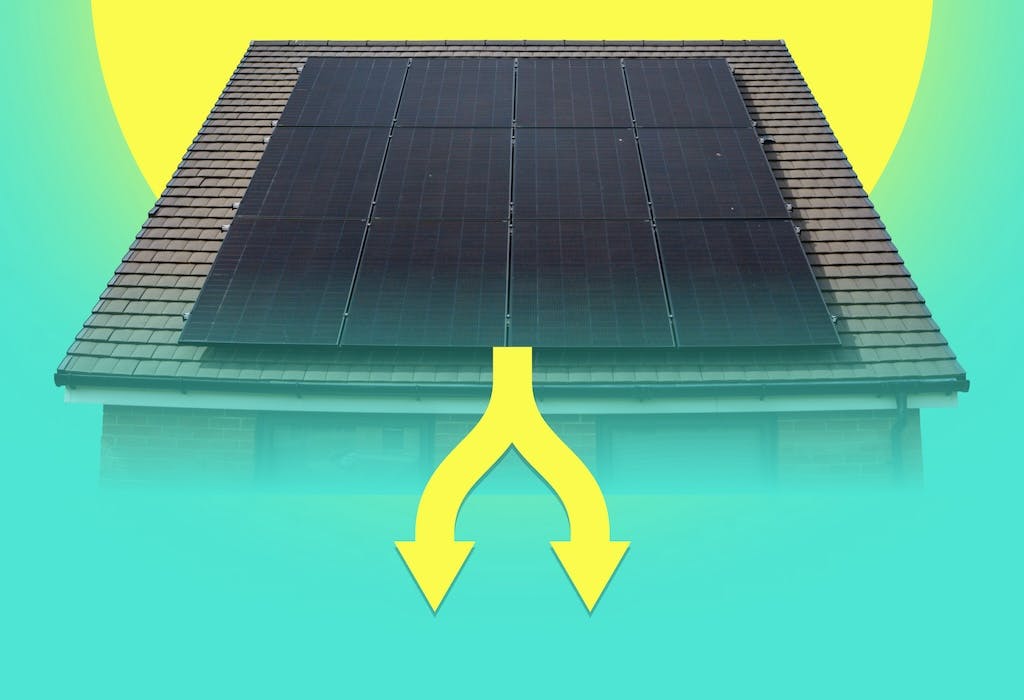
At a glance
In the summertime, a residential solar panel system will almost always produce more electricity than you need for your home. The question is: what do you do with this excess? You could sell it to the grid, store it in a battery, or use a diverter.
In this article, we’ll explain what a solar power diverter is, how it works, and whether it’s worth getting one.
If you’re interested in the savings you could get from a solar & battery system, answer a few quick questions below and we’ll provide an estimate.
What is a solar power diverter?
A solar power diverter, also known as a photovoltaic (PV) immersion controller, is a smart device used with solar panels and a hot water immersion heater.
It maximises the use of free and abundant solar energy by directing excess electricity generated by the panels to the immersion heater to heat water, rather than exporting it to the grid.
How does a solar power diverter work?
A solar power diverter operates by monitoring the electricity generated by PV panels using two current transformers (CT) clamps – one attached to the PV inverter (which converts electricity to be used in your home) and the other to the electricity meter. When the CT clamps detect surplus electricity, the diverter activates.
So, for example, if your solar panel system generates 4kWh of electricity and your household only consumes 2kWh of this, the diverter would detect and divert the surplus 2kWh to your immersion heater instead of sending it back to the grid.
With the high upfront cost of solar panels, a solar power diverter makes sure you get the most out of your solar power, so you don't have to rely on the grid as much for heating water.
But bear in mind that it’s only useful if you've got an immersion heater. If you have no means of heating your water with electricity, a diverter will be useless.
Wired vs wireless solar power diverters
The crucial difference between wired and wireless solar power diverters is how they communicate and control the diversion of excess solar-generated electricity.
While both use two CT clamps, wired diverters use physical cables to connect all the relevant components between your immersion heater, electrical supply and solar setup. This method ensures a solid connection, which is crucial for real-time monitoring.
Wireless diverters use radio frequency or Wi-Fi signals for communication between the components, offering more flexibility in placement and easier installation. Wireless diverters are simpler to install and move around, but they may have more issues with interference than wired ones.

The UK's first solar subscription
- No upfront cost
- Fixed monthly fee
- 20-year Sunsave Guarantee
Is your home suitable for a solar power diverter?
For a solar diverter to be a good fit for your home, you must have on-site power generation, like solar PV panels or a wind turbine – and your system should regularly produce more electricity than your household consumes, otherwise there won't be excess electricity available to divert to your water heater.
Secondly, for optimal energy transmission and system efficiency, the distance between your water tank and utility meter shouldn't be more than 30 metres.
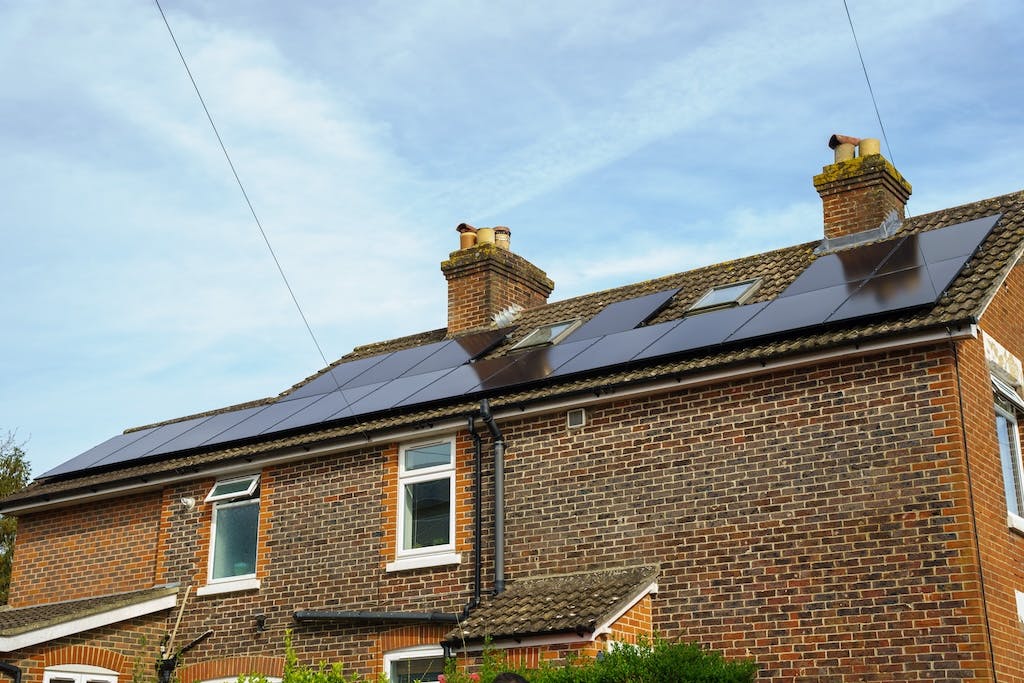
What are the pros and cons of a solar power diverter?
Before deciding on a solar power diverter for your home, it's important to weigh the pros and cons. Let’s look at these in more detail below.
The advantages of a solar power diverter
- Increases your self-consumption and reduces your carbon footprint
- Lets you heat your water with solar power
- Operates automatically
- Cost-effective
- It’s the next best option if you don’t have a battery
When you redirect your surplus solar electricity to heat water, you can use more of what you generate at home instead of exporting it to the grid.
And as it uses automatic detection, a solar diverter does all the work for you, so you won’t need to lift a finger.
A solar power diverter is also cheaper than other solar enhancements like battery storage, so it's a budget-friendly way to boost your self-consumption.
The disadvantages of a solar power diverter
- Limited use – only works with an immersion heater
- Needs periodic replacement
- Dependent on sufficient solar generation
- Requires specific installation conditions
- May not maximise savings compared to battery storage
A solar power diverter only works with electric water heaters, so it's not useful if you can’t use electricity to heat your water. And like other solar components, it has a finite lifespan and will need to be replaced after around 12 years.
Obviously, you need enough solar generation for a solar power diverter to be effective. When there's less daylight, like in winter or on cloudy days, it won’t be useful as there probably won’t be any surplus.
The installation also needs specific conditions, like having the water heater close to the electrical setup, which might not work in all houses.
Lastly, while diverters are cost-effective, they don’t offer the same level of financial savings or energy independence as solar battery storage systems, which are a lot more flexible and can store excess electricity for use at any time of the day or night.
How much does a solar power diverter cost?
A solar power diverter typically costs between £300 and £500, which covers the cost of the diverter unit itself, along with the labour cost for installation.
Installing a solar power diverter is relatively straightforward as it mainly involves integration with existing solar energy systems and electrical setups, so it can be handled by any qualified electrician after the initial solar installation.
Is a solar power diverter worth it?
If you want to use more of your solar energy, a solar power diverter could be a smart purchase. However, its worth depends on how your solar PV system is already set up.
If you already have battery storage as part of your solar panel system – like 73% of UK installations, according to Flexi-Orb – investing in a diverter is unlikely to be a cost-effective choice.
Storage batteries serve a similar purpose by storing excess electricity for later use, but they offer more versatility in distributing stored power to various appliances. And while a solar diverter is cheaper than a battery, it's limited to heating water only.
Summary
A solar power diverter can offer a more effective way to maximise your self-consumption by directing excess power to heat water. This makes it a potentially valuable addition to homes without battery storage – but an unnecessary addition for those that already have one.
Overall, your decision of whether to invest in a solar diverter should consider your household energy needs, your existing solar infrastructure, and the potential long-term savings.
If you’re curious about how much you could save with a solar & battery system, click the button below, pop in a few quick details, and we’ll provide an estimate.
Solar power diverters: FAQs
Related articles
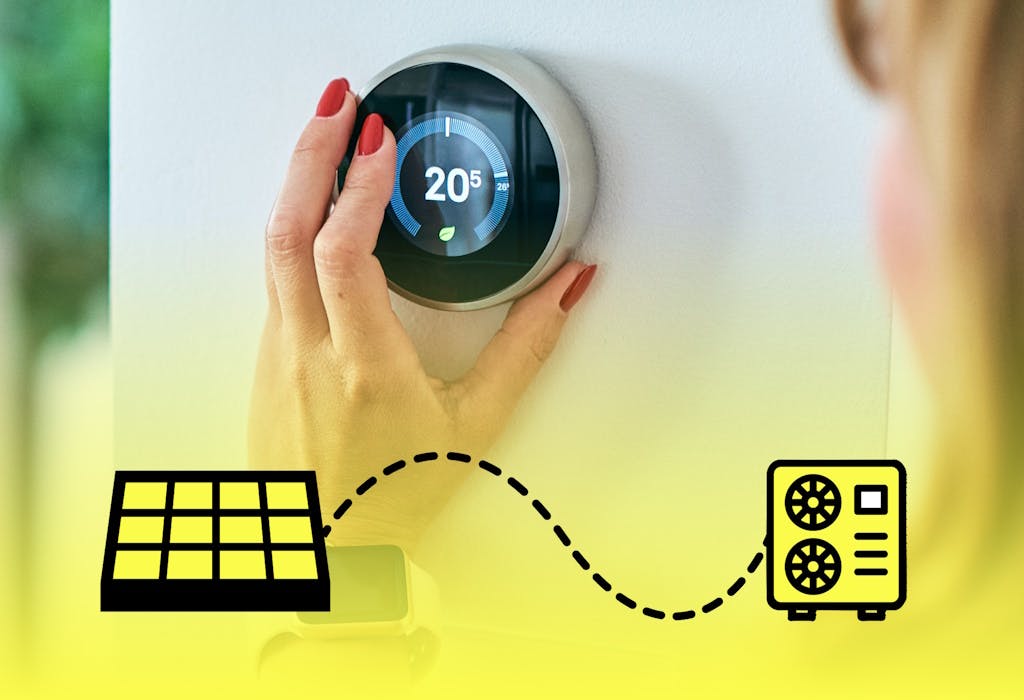
Can solar panels heat a house in the UK?
Read full story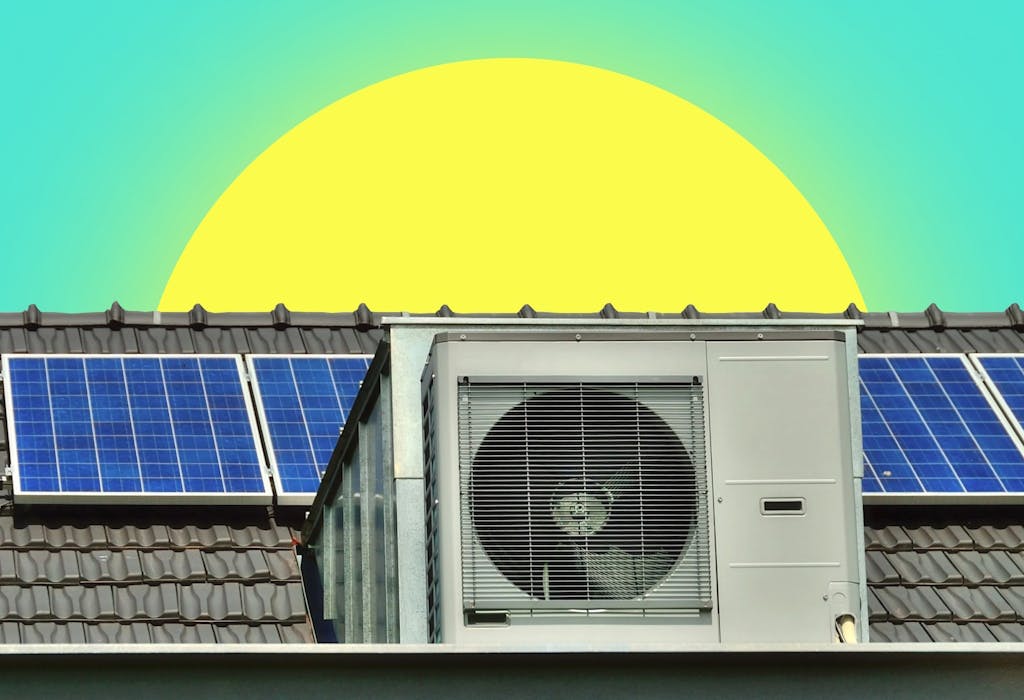
Heat pumps & solar panels: the expert guide
Read full story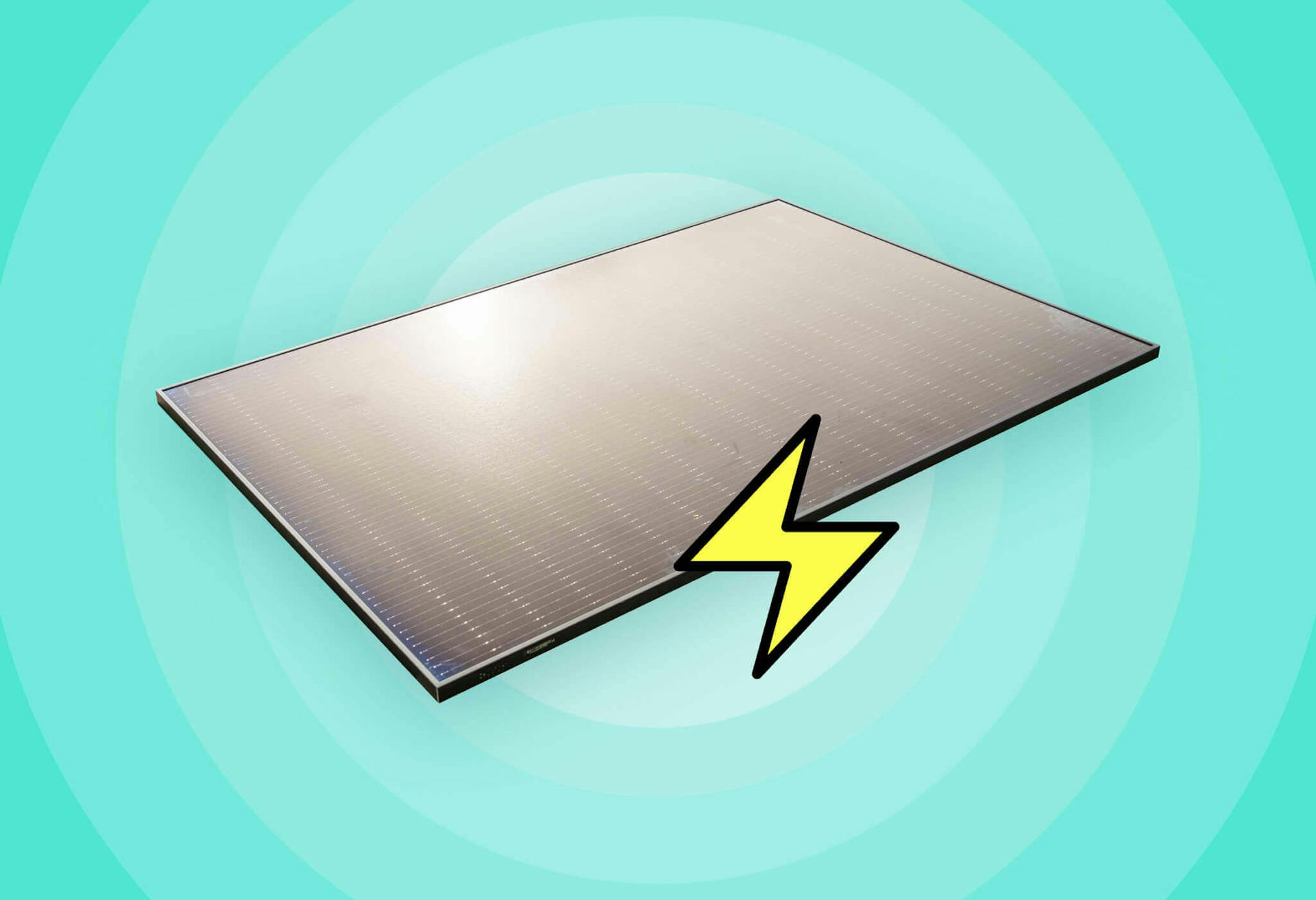
How much energy do solar panels produce?
Read full story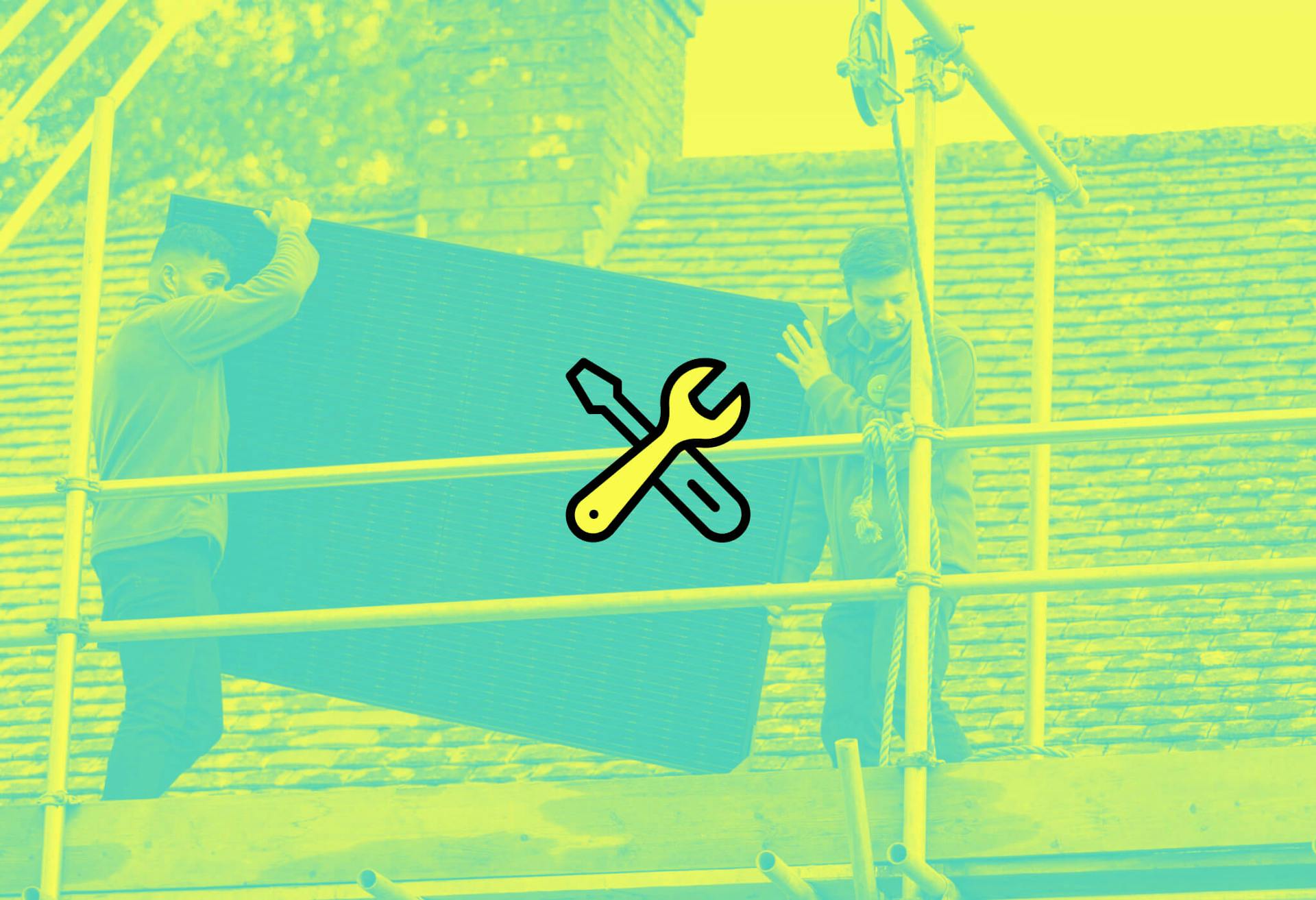
How are solar panels installed?
Read full story
Written byMelody Abeni
Based in London, Melody is a specialist green technology writer who has been covering sustainability, climate action and ESG for the past five years, after gathering operational experience in green investing and financial services. She has written for various industry publications, including renewable technology advisor The Eco Experts, and she holds a Master’s degree in law from Birkbeck University.